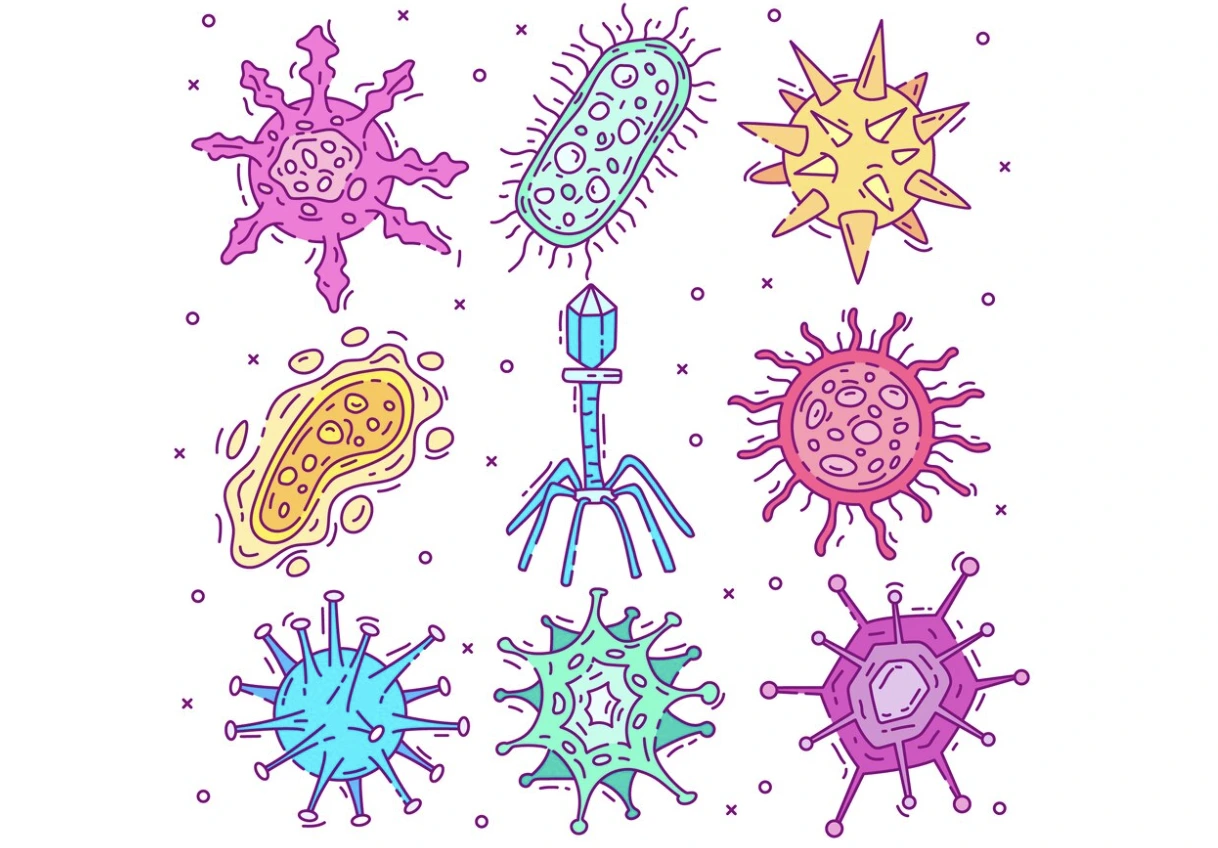
Image from Freepik
AI Advances Virology: 70,500 New RNA Viruses Identified
In a Rush? Here are the Quick Facts!
- The study employs metagenomics to analyze genetic material without culturing viruses.
- Identifying new viruses is essential as some may link to human diseases.
- The AI techniques used in this study may revolutionize future virology research.
A new study published on Friday in Nature reports that researchers have used AI to identify 70,500 new RNA viruses, many of which live in harsh environments like salt lakes and hydrothermal vents.
This research applies a technique called metagenomics, which allows scientists to analyze the genetic material from various ecosystems without needing to grow individual viruses in a lab.
Viruses are tiny organisms that can infect animals, plants, and bacteria, but many remain unknown. Artem Babaian, a computational virologist at the University of Toronto, explains that there are still countless undiscovered viruses.
The article notes that identifying these viruses is important because some may be linked to diseases in humans, helping to shed light on unexplained illnesses.
Previous research has also used machine learning to find new viruses, but this study goes further by including predicted protein structures in the analysis. The AI model used here combines genetic sequencing data with a protein-prediction tool called ESMFold, developed by Meta.
This study follows the recent Nobel Prize win for Google DeepMind’s AlphaFold, which made significant advances in protein structure prediction.
Finding new RNA viruses is crucial because these viruses change quickly, making them hard to identify. Researchers typically look for a specific part of the virus’s genetic code that helps it replicate, called RNA-dependent RNA polymerase (RdRp). If the genetic code of a new virus is very different from what is already known, it might be overlooked.
In earlier work, Babaian and his team examined 5.7 million genomic samples available online, discovering nearly 132,000 new RNA viruses in 2022.
The current study builds on this by using a model called LucaProt, based on a transformer architecture similar to what powers AI tools like ChatGPT. This model helped researchers find around 160,000 RNA viruses, almost half of which had not been documented before.
This research reveals new areas of RNA virus diversity in extreme environments. Jackie Mahar, an evolutionary virologist at the CSIRO Australian Centre for Disease Preparedness, emphasizes that understanding these viruses will help researchers learn more about their origins and evolution.
In parallel, Microsoft recently announched innovations within its Healthcare platform, emphasizing AI’s role in advancing medical care. Their new healthcare AI models facilitate the integration and analysis of various data types, including medical imaging and genomics.
The application of AI in virology offers a way to explore the vast number of viruses that have not yet been studied, potentially leading to important findings for both public health and environmental science.


 Previous Story
Previous Story

 Latest articles
Latest articles 

Leave a Comment
Cancel